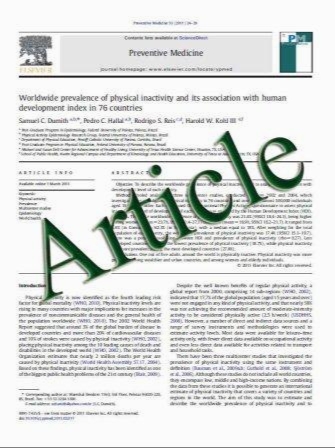Prevalent vertebral fractures predict subsequent radiographic vertebral fractures in postmenopausal Korean women receiving antiresorptive agent
- نوع فایل : کتاب
- زبان : انگلیسی
- مؤلف : S. H. Kim & H. S. Choi & Y. Rhee & K. J. Kim & S.-K. Lim
- چاپ و سال / کشور: 2010
Description
Summary The relationship between prevalent vertebral fractures and new vertebral fractures in Korean women has not been previously studied. We found that prevalent vertebral fracture is a strong risk factor for subsequent radiographic vertebral fracture, independent of age and spine bone mineral density (BMD) in postmenopausal Korean women receiving antiresorptive agents. Introduction The presence of prevalent vertebral fractures increases the risk of subsequent vertebral fractures. This observational study examined whether prevalent vertebral fractures influenced future incident vertebral fracture in postmenopausal women receiving antiresorptive treatment. Methods Using the medical records, we retrospectively assessed 1,200 postmenopausal women who had visited the osteoporosis clinic. Among them, we selected patients whose BMD was measured at least once a year for 3 years. We excluded patients whose lateral spine X-ray film at baseline or follow-up period was missing, which is the key assessment. In the end, we analyzed 666 postmenopausal women. The mean duration of follow-up period was 3.2 years. Results The majority of patients (83%) received bisphosphonates or raloxifene during the mean duration of 3.2 years. Fifty-five of the 666 women had new incident radiographic vertebral fractures during the follow-up period. Prevalent vertebral fractures were associated with a five-fold increased risk (odd ratio 5.7, 95% CI 3.09–10.74) of incident vertebral fractures after adjusting for age. These associations remained significant after the adjustment for multiple confounding factors (odd ratio 4.4, 95% CI 1.97–9.75). The risk of incident vertebral fracture increased with the number of prevalent vertebral fractures at baseline: 3.4 (95% CI 1.54–7.70) for those with a single fracture and 7.4 (95% CI 3.10–17.54) for those with two or more after adjustment for age and spine BMD. Conclusions We confirmed that prevalent vertebral fracture is a strong risk factor for new vertebral fractures, independent of age and spine BMD in postmenopausal Korean women receiving antiresorptive agents.
Osteoporos Int (2011) 22:781–787 DOI 10.1007/s00198-010-1298-y Received: 6 December 2009 / Accepted: 30 March 2010 / Published online: 9 June 2010


